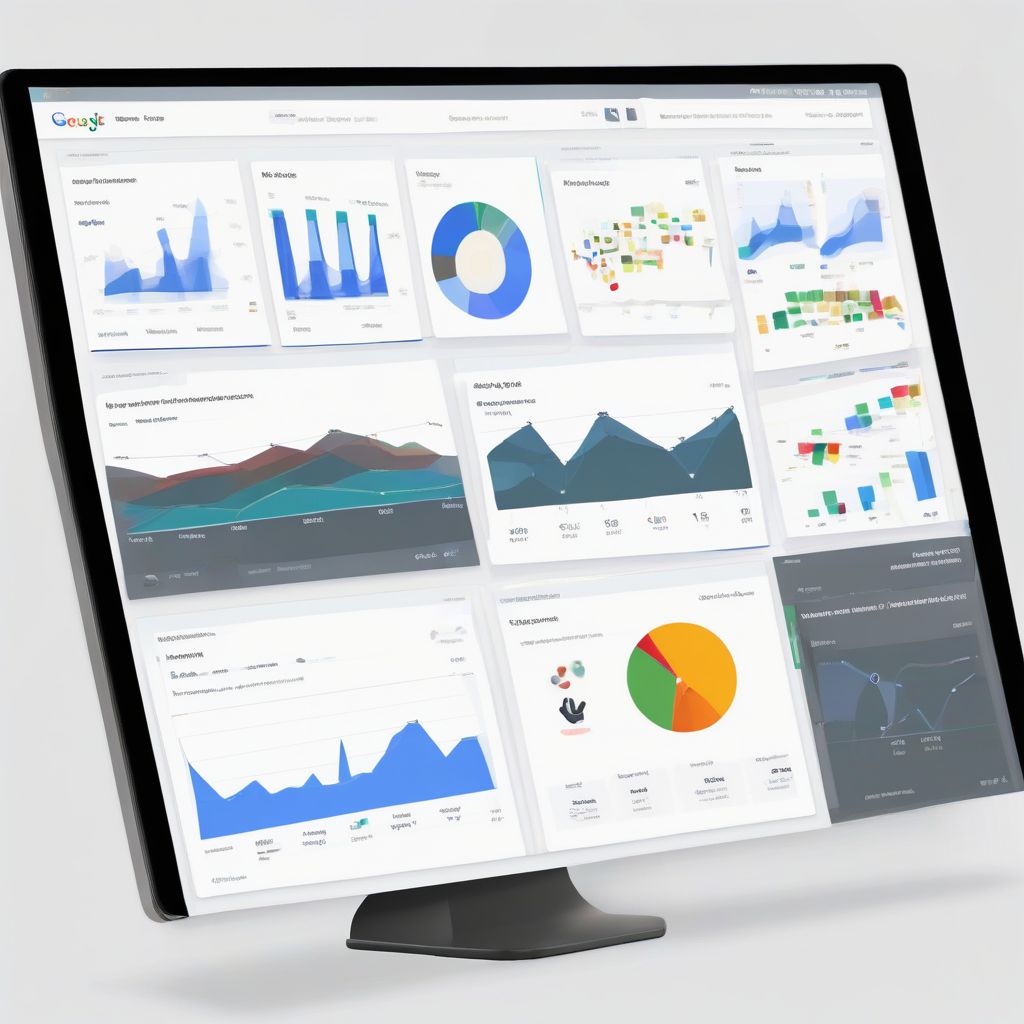In today’s competitive business landscape, delivering exceptional customer experiences is paramount to success. Businesses are constantly seeking innovative ways to manage customer interactions, streamline processes, and cultivate lasting relationships. This is where Google Customer Management (GCM) comes into play.
What is Google Customer Management?
Google Customer Management is a suite of cloud-based tools designed to help businesses manage customer interactions throughout the entire customer lifecycle. From attracting potential customers to nurturing existing relationships, GCM offers a comprehensive platform to enhance customer experiences and drive business growth.
Why is Google Customer Management Important?
GCM empowers businesses to break down data silos and gain a 360-degree view of their customers. By centralizing customer data, interactions, and preferences, businesses can:
- Personalize Customer Interactions: Tailor marketing messages, offers, and support interactions based on individual customer profiles and behavior.
- Improve Customer Service: Empower service agents with a complete view of customer history, enabling them to resolve issues efficiently and deliver personalized support.
- Optimize Marketing Campaigns: Leverage customer insights to segment audiences effectively, personalize campaigns, and measure marketing ROI accurately.
- Enhance Collaboration: Facilitate seamless communication and collaboration between marketing, sales, and customer service teams.
Key Components of Google Customer Management:
1. Google Analytics:
This powerful web analytics tool provides valuable insights into customer behavior on your website. By tracking metrics such as website traffic, user engagement, and conversion rates, businesses can identify areas for improvement and optimize their online presence to attract and retain customers.
2. Google Tag Manager:
This tag management system simplifies the process of adding and managing website tags, which are snippets of code that collect data about website visitors. With Google Tag Manager, businesses can easily track customer interactions, conversions, and other valuable data points.
3. Google Marketing Platform:
This suite of integrated marketing products includes tools for advertising, analytics, and audience insights. Businesses can leverage these tools to create targeted advertising campaigns, personalize customer journeys, and measure the effectiveness of their marketing efforts.
4. Google Cloud AI:
By harnessing the power of artificial intelligence (AI) and machine learning (ML), businesses can automate tasks, gain predictive insights from customer data, and further enhance customer experiences.
chuyentiennhanh.org/wp-content/uploads/2024/08/google-customer-management-dashboard-66b6e9.jpg" alt="Google Customer Management Dashboard" width="1024" height="1024">Google Customer Management Dashboard
Getting Started with Google Customer Management
Implementing GCM can be tailored to your business needs. Here are some steps to get started:
- Identify Your Goals: Define your customer management objectives, such as improving customer satisfaction, increasing retention rates, or driving sales conversions.
- Assess Your Current State: Evaluate your existing customer management processes, systems, and data to identify areas for improvement.
- Choose the Right Tools: Select the GCM tools that align with your specific business requirements and goals.
- Implement and Integrate: Integrate the chosen tools into your existing technology stack and ensure data flows seamlessly between systems.
- Monitor, Analyze, and Optimize: Continuously track key metrics, analyze customer data, and make adjustments to your GCM strategy to maximize results.
Conclusion
In today’s customer-centric business landscape, leveraging the power of Google Customer Management is no longer optional, but essential. By embracing a data-driven approach to managing customer relationships, businesses can enhance customer experiences, foster loyalty, and ultimately, drive sustainable growth. As you explore the world of customer management, remember that continuous learning and adaptation are key to staying ahead of the curve and meeting the evolving needs of your valued customers. We encourage you to delve deeper into the world of business, management, operations, and finance to gain a comprehensive understanding of how these elements intertwine to drive success.

